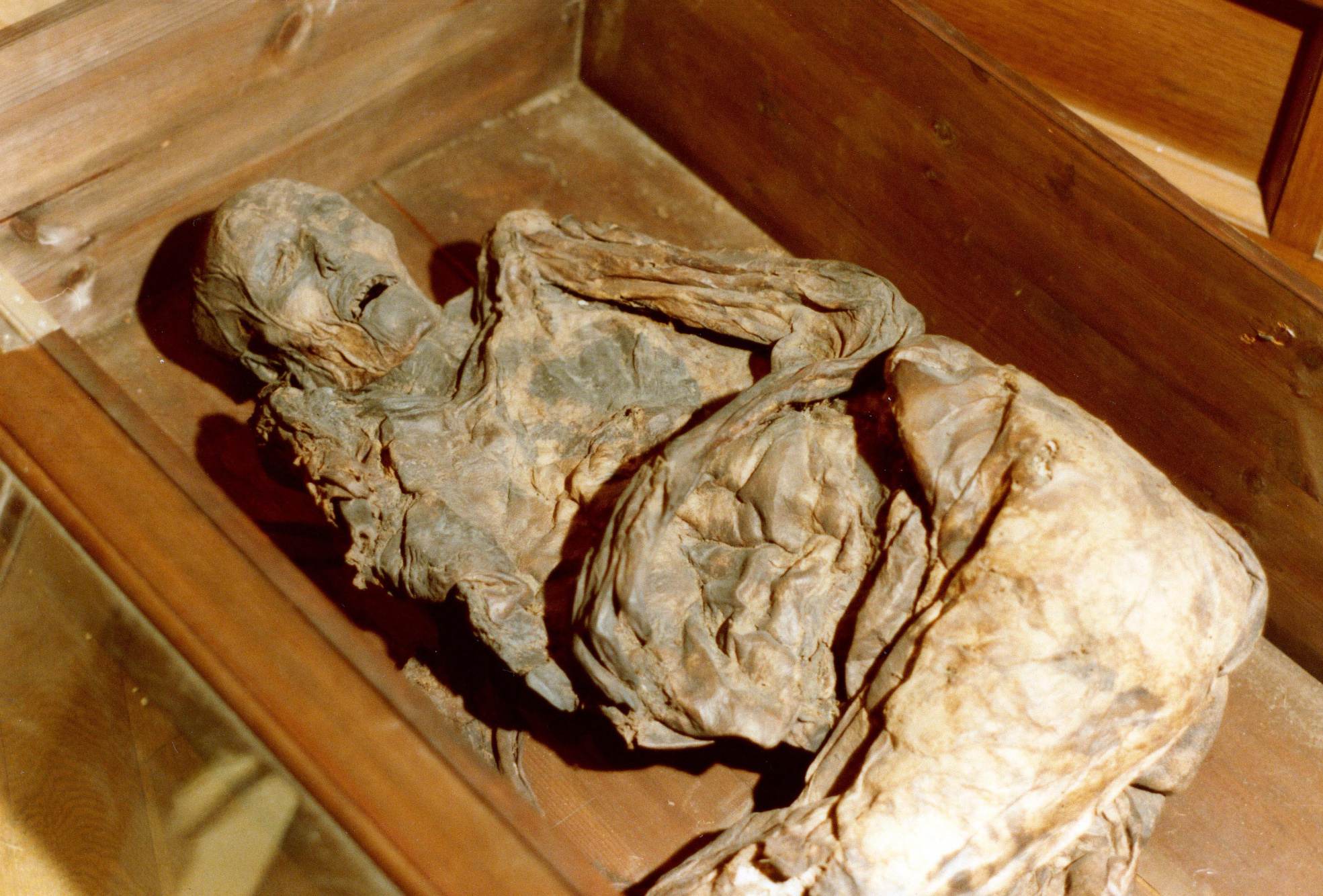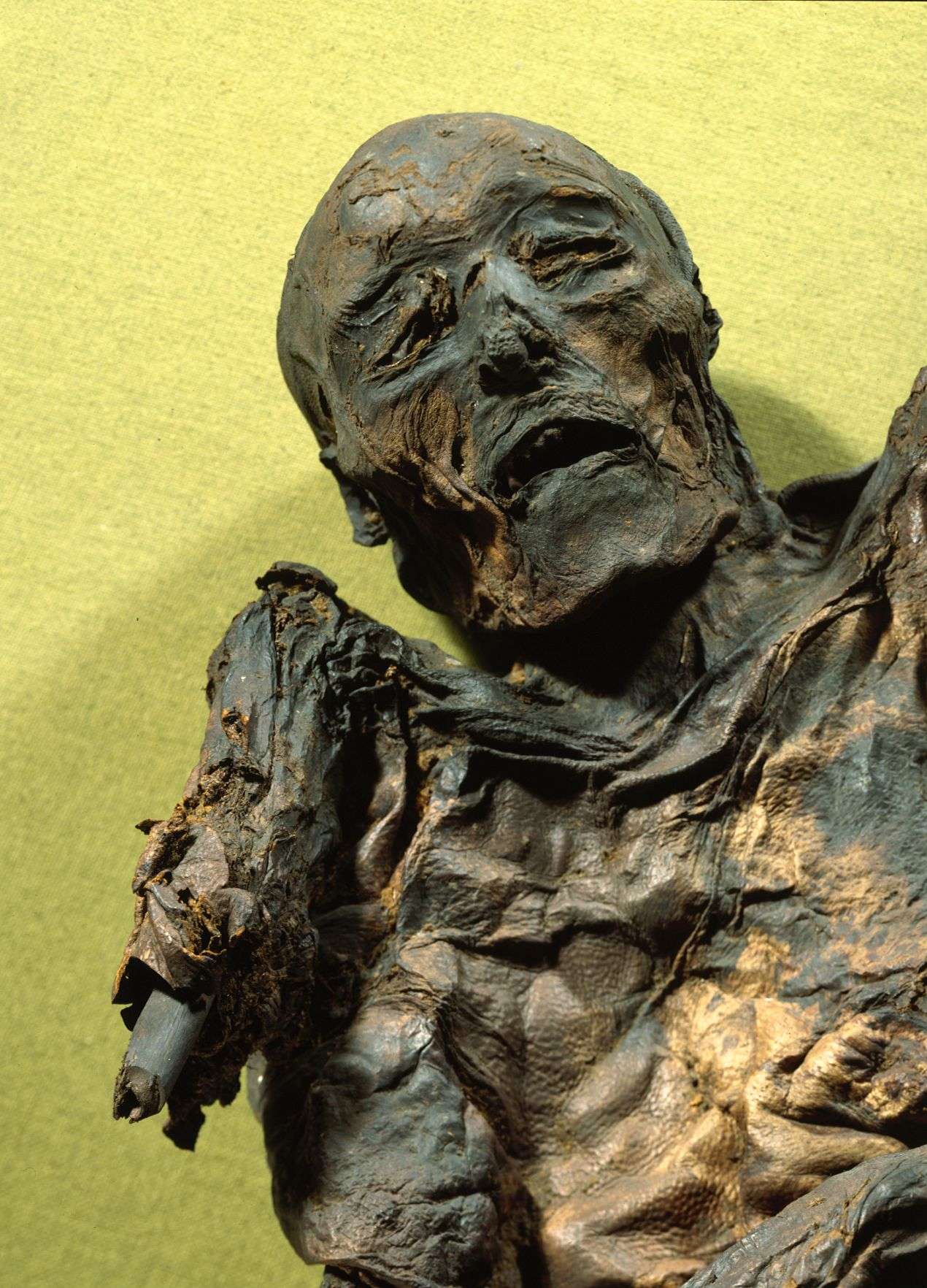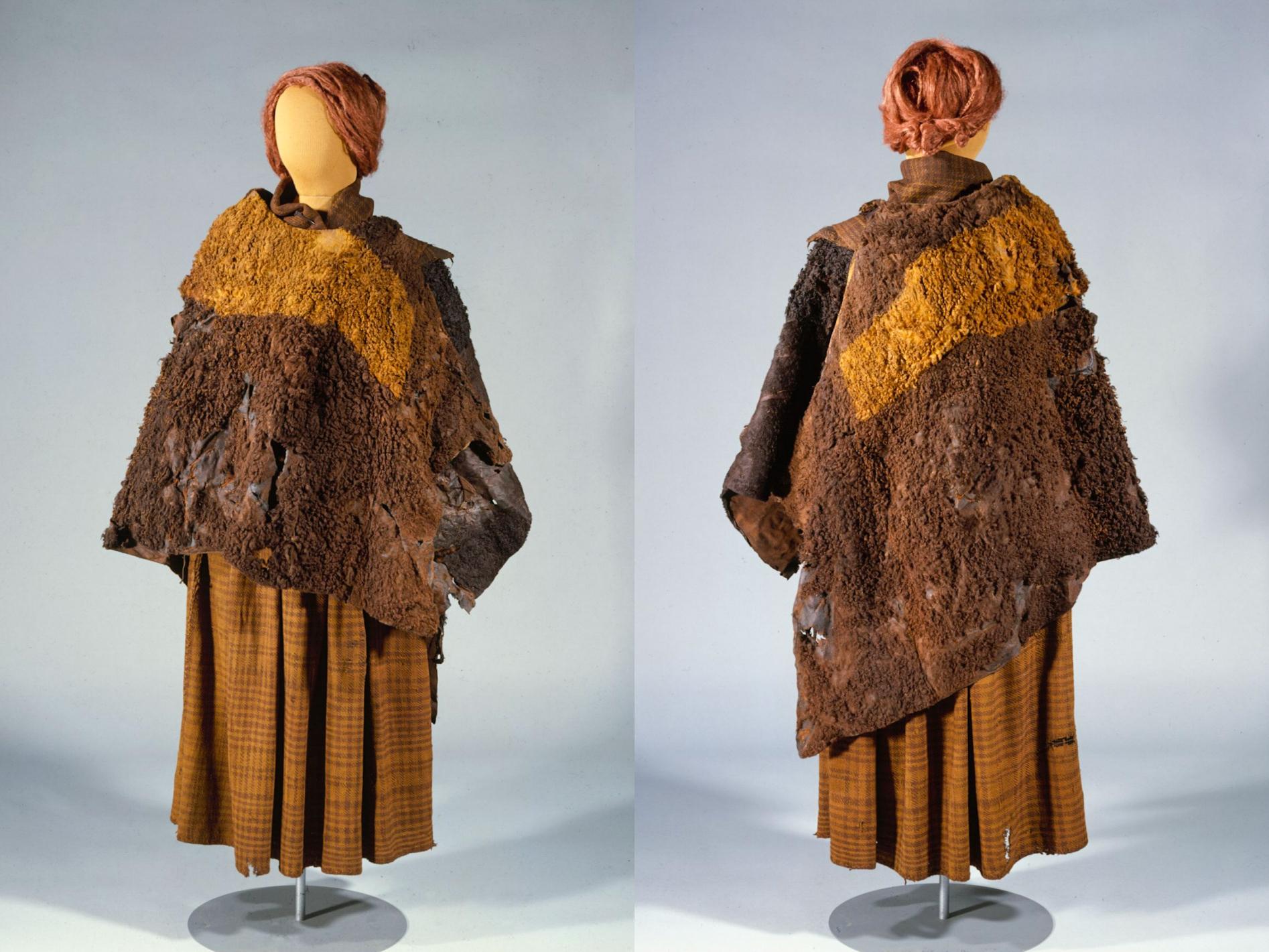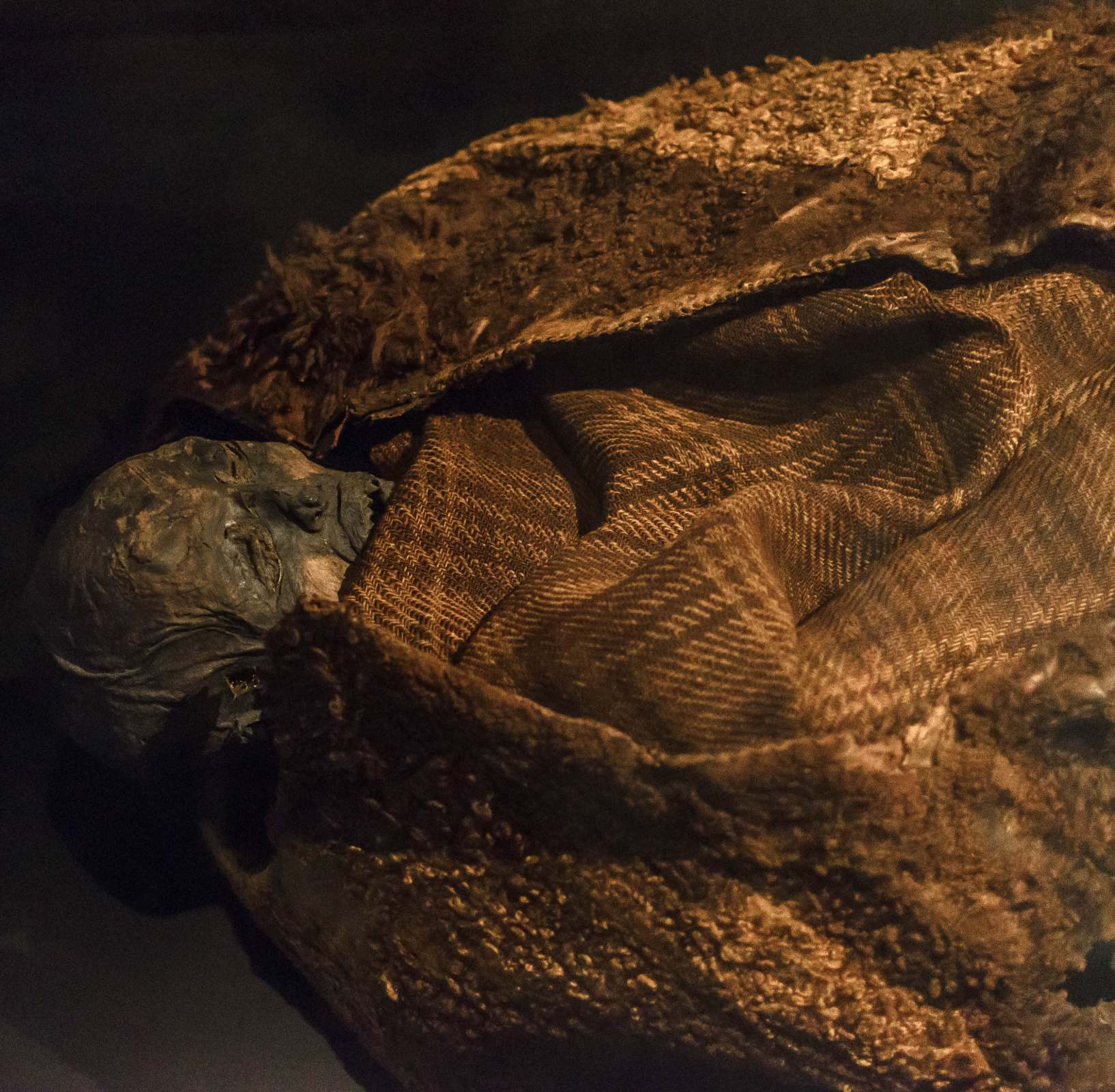Deep within the mysterious and enchanting bogs of Denmark lies a remarkable archaeological discovery – the Huldremose Woman. Dubbed as one of the best-preserved and best-dressed bog bodies in the world, her story captivates both history enthusiasts and fashion enthusiasts alike. Dating back to the Iron Age, this ancient body offers a glimpse into the past, showcasing intricate clothing and accessories that have miraculously survived for centuries.

On 15 May 1879, Niels Hanson, a worker from Ramten, Jutland, Denmark, was excavating peat turfs from a peat bog close to Ramten. After digging a meter into the peat, he discovered a bog body of a
mummified Iron Age female. The body gained fame as the “Huldremose Woman” or also referred to as the “Huldre Fen Woman.”
It is thought that the woman had died sometime between the years 160 BC and 340 AD, and it is assumed that she had a lifespan of at least 40 years, which was considered a lengthy life according to the standards of that period.
The Bioarchaeology of Huldremose Woman
The body was discovered with the legs bent behind the back and an almost completely severed right arm. It is believed that the arm had been injured before the person’s death. Other than that, the body remained in good condition.

She had fractured one of her legs, though it had fully mended prior to her demise. Cuts on one of her feet were initially believed to be wounds inflicted after her death, possibly caused by a shovel. However, further examination indicated that they actually occurred around the time of her passing.
It was first thought that the cut of her arm had been the cause of her death, as a result of the loss of blood. Yet, after further investigation by forensic experts, it was found that the woman had been hanged or strangled, her hair being secured with a lengthy woolen rope, which was wound around her neck multiple times.
Clothing and textile analysis of the Huldremose Woman
In contrast, to many other bog bodies that are usually discovered without any clothing, the Huldremose Woman was found wearing clothes along with various accompanying accessories.

Remaining well-preserved and with its clothing intact, this bog body discovered over a century ago has still been able to provide us with a unique understanding of Iron Age fashion in Northern Europe and Scandinavia.
Her clothing has undergone extensive analysis by scientists at the Danish National Research Foundation’s Center of Textile Research and the National Museum of Denmark.
She had a unique ensemble on, consisting of a woolen skirt held up with a thin leather belt embedded in a woven belt, a woolen scarf, reaching 139-144 cm in length and 49 cm in width, tied around her neck and fastened with a bird bone pin under her left arm and two animal hide capes.
Huldremose woman wore several layered sheepskin capes with the woolly sides turned outward. The fur capes that wrapped her were crafted from the hide of 14 sheep. It appears the sewn-in items were likely used as amulets. Her ensemble was not only of great quality, but also had a variety of colors. Color analysis by scientists at the National Museum of Denmark revealed that the color of the skirt was originally a blue or purple plaid, while the scarf was a red plaid.
The impressions on the Huldremose Woman’s skin and the presence of some partially ruined fibers indicate that she likely wore a white undergarment made of plant fibers beneath her woolen clothes. This undergarment extended from her shoulders to below her knees. Although it’s uncertain which plant fiber was used, clues from that era suggest it might have been nettle. Additionally, a horn comb, a leather thong, and a woolen headband were discovered in what seems to be a pocket made from a bladder, situated on the inner cape.
The last meal of the Huldremose Woman
In 1990, a non-invasive re-examination was done on the body, and in 1999, a study was conducted to analyze the person’s diet. X-rays revealed the presence of hair stubble on the scalp and remnants of the brain inside the skull. The bones, like numerous other bog bodies, were demineralized. The dietary analysis involved studying two samples of the stomach contents, which indicated that the woman’s last meal had been rye bread.

The mummy of Huldremose Woman, with its elaborate clothing, can be seen at the National Museum of Denmark. The reconstructed attire has also been presented in other museums.
After reading about the Huldremose Woman, read about Tollund Man, a 2,400-year-old mummy discovered in Denmark.




